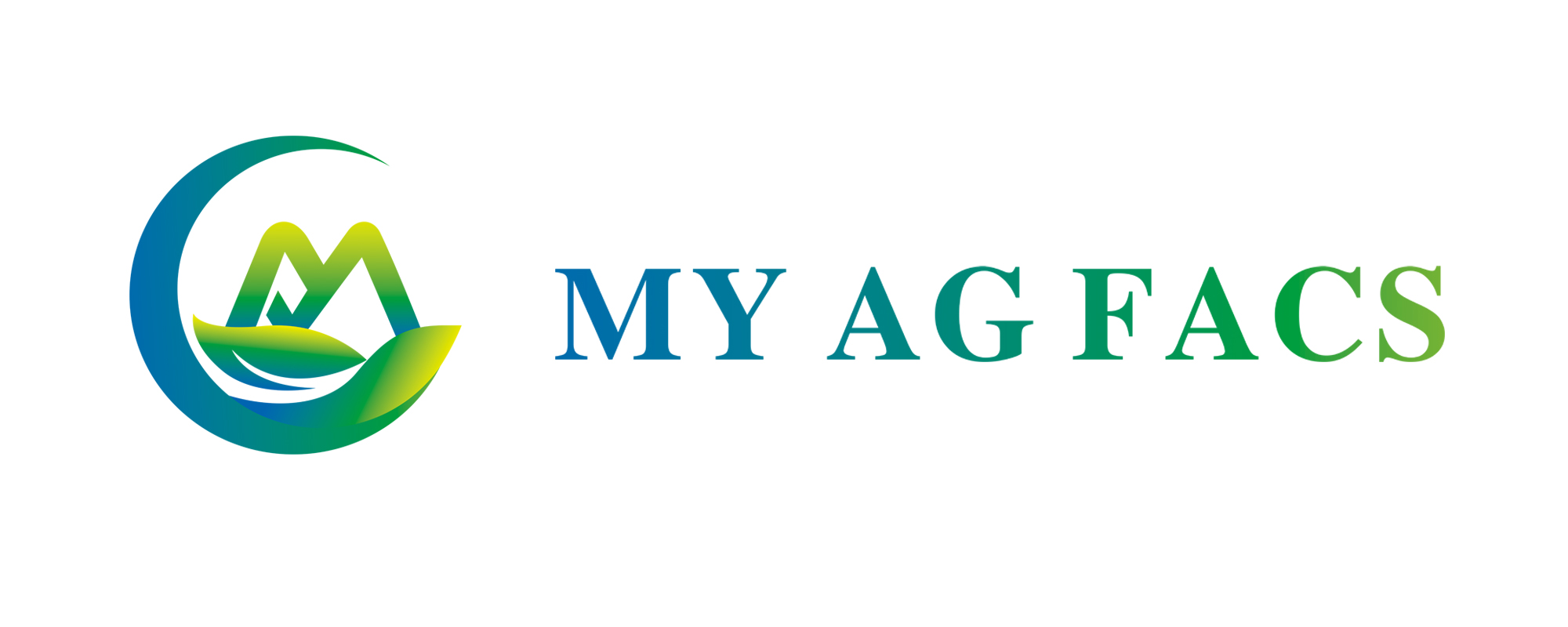
In recent years, with the continuous development of agricultural technology, drip irrigation has gained significant attention as an efficient and water-saving irrigation method. Within the realm of drip irrigation technology, drip tapes and drip lines have emerged as two common equipment types. They exhibit differences in irrigation efficiency, usage methods, and applicable scenarios, while also sharing some similarities.
Firstly, in terms of principle, both drip tapes and drip lines deliver water to the soil through micro-holes to achieve precise plant irrigation. However, they differ in structure. Drip tapes are typically long, ribbon-like flexible tubes with micro-holes covering their surface, while drip lines resemble traditional pipelines, with water dripping into the soil through micro-holes along the pipe. This distinction determines their usage scenarios and installation methods.
Secondly, in practical application, drip tapes and drip lines each have their own advantages. Due to their flexibility, drip tapes are suitable for areas with irregular terrain and dense vegetation, enabling them to closely adhere to the plant roots for irrigation. Therefore, they find extensive use in orchards, vegetable fields, and similar settings. On the other hand, drip lines are more suitable for open areas and long-distance water transport needs. Their sturdy structure allows them to withstand higher water pressure, making them widely used in large-scale crop irrigation.
Lastly, both drip tapes and drip lines excel in irrigation efficiency and water conservation. Directly dripping water to the plant roots reduces evaporation and runoff. Compared to traditional sprinkler and flood irrigation methods, drip irrigation technology can save water resources by over 20% to 50%, while also improving crop yield and quality.